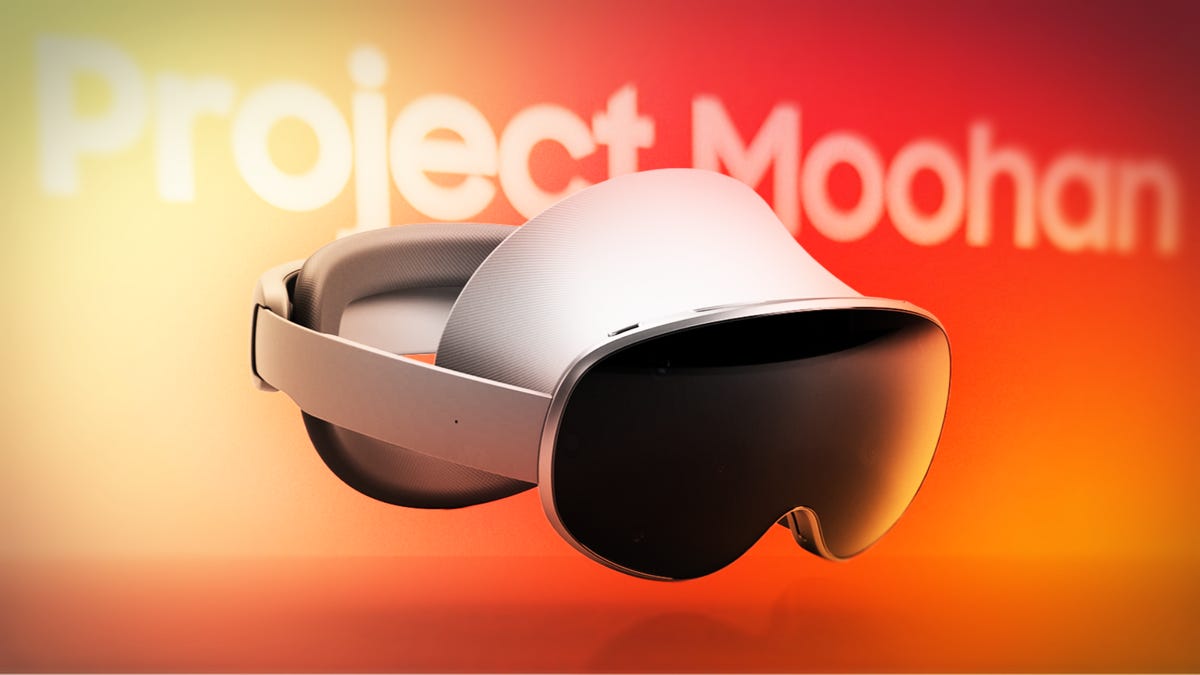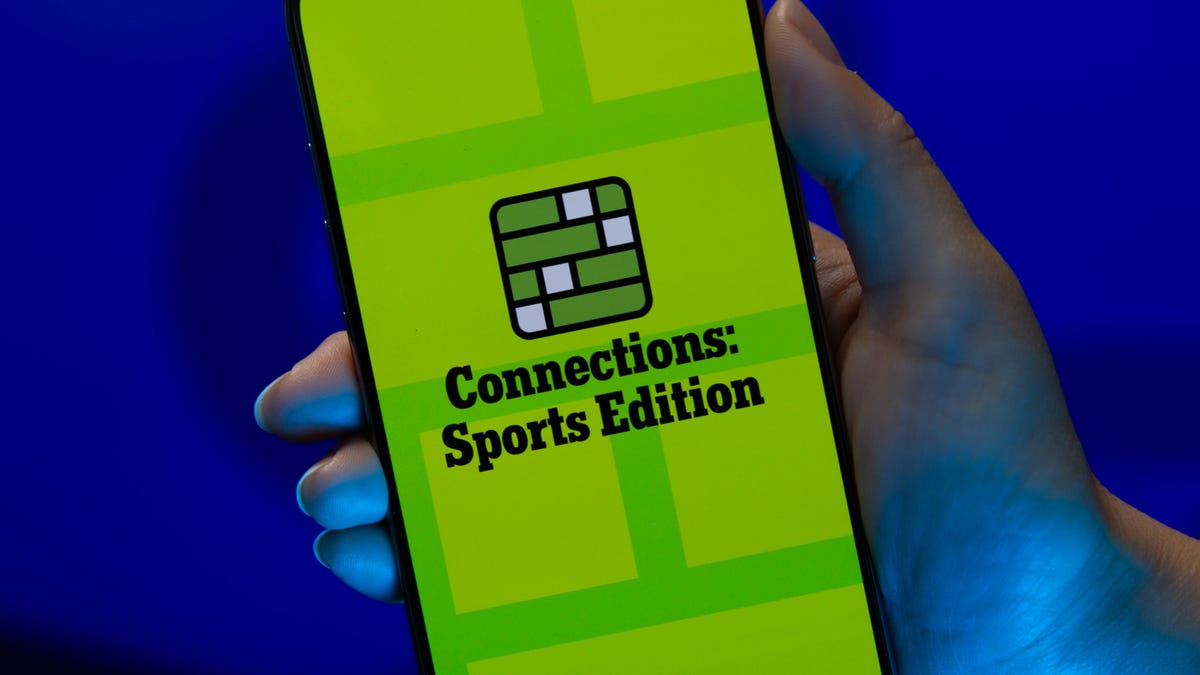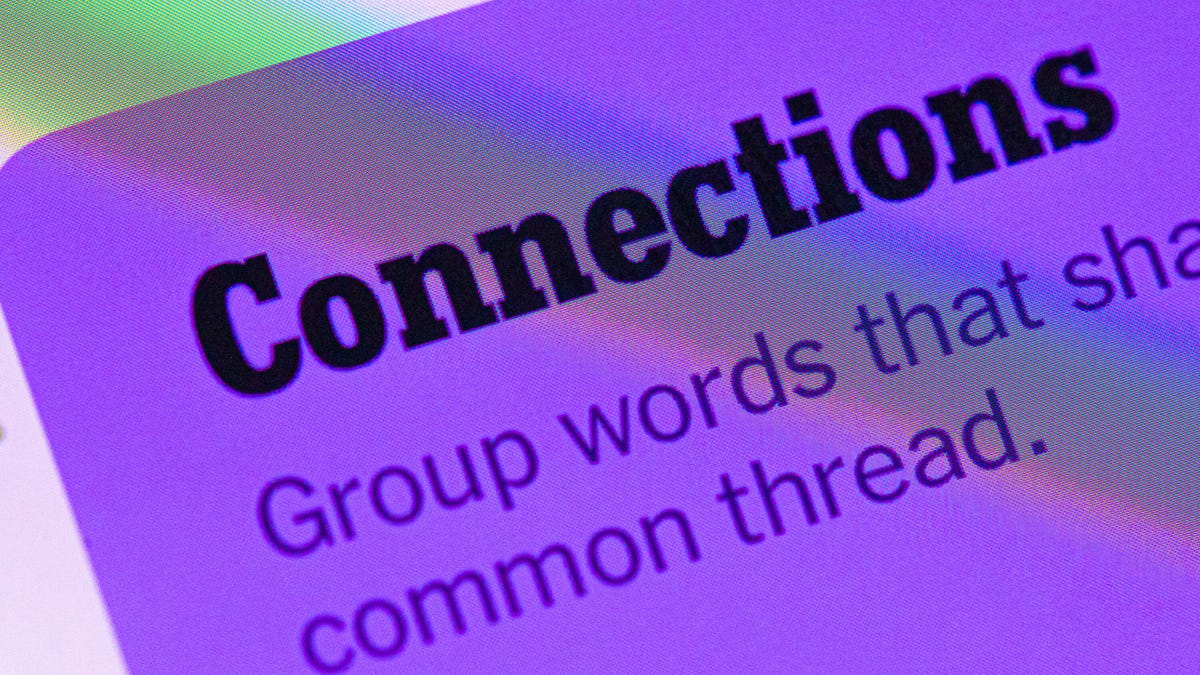Technologies
Google and Qualcomm Tell Me That Gemini Will Be Project Moohan’s Secret Weapon
How much closer are we to smart glasses rivaling Meta’s Ray-Bans?

While Meta’s Quest line of headsets has dominated the virtual reality space, mixed reality — using digital displays overlaying the real world — is a new frontier that’s just starting to be explored, going beyond the new Meta Ray-Ban Gen 2 to devices more akin to the Ray-Ban Display glasses. That’s where Google’s Project Moohan MR display aims to make headway. Unlike its prior efforts in the space, like Google Glass, the company hopes to gain an edge by partnering with Qualcomm and Samsung to bolster its chances.
At the Snapdragon Summit 2025 in Maui, I sat down to chat with Sameer Samat, Google’s head of Android, and Alex Katouzian, Qualcomm group general manager of mobile, compute and XR, to check in on Project Moohan and how the broadening of Android and Gemini coalesces with their collaboratively built headset. Which, despite CNET Editor at Large Scott Stein getting hands-on time with an early version of it last December, is still in development.
«We’re super excited about the device coming along really nicely,» Samat said. «We’re definitely getting closer.»
It was clear to Snapdragon Summit attendees that Project Moohan is still in development. The headset was quietly tucked into an easily missed corner of the event, shown off for only a couple of hours under glass and out of anyone’s hands. But Samat was bullish about the progress made in the last year, which has «subtle but very important refinements to the hardware,» he said.
Read more: You Got Your Phone OS in My Laptop! Here’s How Android and ChromeOS Will Merge
Design-wise, Samat explicitly pointed to improvements in the weight balance, ensuring the ergonomics are correct and that the light ingress is where it should be. Where the weight is balanced is crucial in the design of smart glasses that are expected to be worn for hours at a time. When the Apple Vision Pro launched in early 2024, CNET’s Stein noted that the headset felt top-heavy after only half an hour when using the standard single strap. However, using the dual strap was more comfortable, but, in his words, «Looks like the headband on my CPAP machine.» In summary: «A bunch of changes there that I don’t think you see when you look at it, but when you put it on from before and after, I think people would very much notice,» he said.
«I saw early prototypes until now, big difference,» added Katouzian. «I think the weight and the balance is really good and mechanically very well designed.»
Project Moohan uses Qualcomm’s XR2 mixed reality chip. The company worked with Google and Samsung to optimize everything, Katouzian said.
The software has come a long way, Samat continued, and he was quick to affirm that there’s been a lot of refinement in incorporating Gemini into the headset. That loops Project Moohan into the drum Qualcomm and Google were beating throughout Snapdragon Summit 2025: the Gemini experience that uses multiple large language models to answer queries will be an increasingly significant part of using devices, from phones to laptops to headsets, going forward.
«What would happen if, in the user experience, your AI assistant can see and hear what you’re hearing … if they could see the same virtual world as you at the same time, and you could ask them to walk through and explore that world with you?» Samat said. «I’m playing around a lot with that. Even to explore places, like you go somewhere in [Google] Maps and then you walk around and ask questions of Gemini and just explore an entire city with it.»
Bringing contextual information to the screen while going about your day was the dream of older experiments, such as the Google Glass mixed reality glasses released in 2013 and the 2016 Google Daydream, which turned your phone into an augmented reality headset. Samat obliquely referenced these, saying the company has «had our fair share of innovation and being first, but also some things that could have worked better.»
But Samat also pointed to what’s changed in the interim — one of which is computational power from chips like the Qualcomm XR2 that powers Project Moohan. This silicon «opens up another level of fidelity,» he said, pointing to other technical advancements, like optics in the hardware for eye tracking. And AI in general has improved too, with non-Gemini applications that can, for instance, augment Google Photos with uniquely enabled AI experiences in the XR world — experiences that «you’ll see soon enough,» Samat teased.
The companies believe combining Google’s software, Qualcomm’s silicon computational horsepower and Samsung’s ergonomic product design will create something special that fits the mixed reality format better than anything we’ve seen before.
In addition to Project Moohan, Google is exploring a whole range of ideas, including smart glasses. At some point, they’ll take what was developed for its mixed reality headset and shrink it down to something that would more directly compete with Meta’s Ray-Ban Display and others like it. And with Samsung in the mix, there’s a lot of potential.
«The close proximity between the glasses and the phone will bring an advantage that hasn’t been in the market before,» Katouzian said.
Read more: Smart Glasses Are Going to Work This Time, Google’s Android President Tells CNET
If and when a smart glasses collaboration happens, Google has another advantage that might be more appealing than Gemini integration: individual style. Not everyone wants smart glasses from Ray-Ban or Oakley. Google has previously announced that it’s working with Warby Parker and Gentle Monster to presumably put a Project Moohan successor in a variety of frames, which could entice consumers who aren’t fans of wrap-around sports shades.
«The aesthetic of it is super important,» Samat said. «Yes, of course, it’s a piece of technology, but it also has to be something you want to wear.»
Technologies
Today’s NYT Connections: Sports Edition Hints and Answers for Nov. 30, #433
Here are hints and the answers for the NYT Connections: Sports Edition puzzle for Nov. 30, No. 433.

Looking for the most recent regular Connections answers? Click here for today’s Connections hints, as well as our daily answers and hints for The New York Times Mini Crossword, Wordle and Strands puzzles.
Today’s Connections: Sports Edition is a tough one. If you’re struggling with today’s puzzle but still want to solve it, read on for hints and the answers.
Connections: Sports Edition is published by The Athletic, the subscription-based sports journalism site owned by The Times. It doesn’t appear in the NYT Games app, but it does in The Athletic’s own app. Or you can play it for free online.
Read more: NYT Connections: Sports Edition Puzzle Comes Out of Beta
Hints for today’s Connections: Sports Edition groups
Here are four hints for the groupings in today’s Connections: Sports Edition puzzle, ranked from the easiest yellow group to the tough (and sometimes bizarre) purple group.
Yellow group hint: Gridiron gains.
Green group hint: Get a kick out of it.
Blue group hint: Baseball legend.
Purple group hint: Rocky Mountain team.
Answers for today’s Connections: Sports Edition groups
Yellow group: Football scoring plays, abbreviated
Green group: North American soccer leagues.
Blue group: Associated with Ted Williams.
Purple group: Members of the Denver Broncos, familiarly.
Read more: Wordle Cheat Sheet: Here Are the Most Popular Letters Used in English Words
What are today’s Connections: Sports Edition answers?
The yellow words in today’s Connections
The theme is football scoring plays, abbreviated. The four answers are 2-pt, FG, PAT and TD.
The green words in today’s Connections
The theme is North American soccer leagues. The four answers are LIGA MX, MLS, NWSL and USL.
The blue words in today’s Connections
The theme is associated with Ted Williams. The four answers are .406, LF, Red Sox and Splendid Splinter.
The purple words in today’s Connections
The theme is members of the Denver Broncos, familiarly. The four answers are Bo, Courtland, RJ and Troy.
Don’t miss any of our unbiased tech content and lab-based reviews. Add CNET as a preferred Google source.
Technologies
The Best Sound Is Still Highly Discounted for Cyber Monday. Listen Close for 55+ Headphone Deals Now
Technologies
Today’s NYT Connections Hints, Answers and Help for Nov. 30, #903
Here are some hints and the answers for the NYT Connections puzzle for Nov. 30, #903.

Looking for the most recent Connections answers? Click here for today’s Connections hints, as well as our daily answers and hints for The New York Times Mini Crossword, Wordle, Connections: Sports Edition and Strands puzzles.
Today’s NYT Connections puzzle has one of those purple categories where you need to look inside of the words for hidden words that relate to each other. If you need help sorting them into groups, you’re in the right place. Read on for clues and today’s Connections answers.
The Times now has a Connections Bot, like the one for Wordle. Go there after you play to receive a numeric score and to have the program analyze your answers. Players who are registered with the Times Games section can now nerd out by following their progress, including the number of puzzles completed, win rate, number of times they nabbed a perfect score and their win streak.
Read more: Hints, Tips and Strategies to Help You Win at NYT Connections Every Time
Hints for today’s Connections groups
Here are four hints for the groupings in today’s Connections puzzle, ranked from the easiest yellow group to the tough (and sometimes bizarre) purple group.
Yellow group hint: Put up with.
Green group hint: Bad ending.
Blue group hint: Yo-ho-ho!
Purple group hint: Think rainbow.
Answers for today’s Connections groups
Yellow group: Tolerate.
Green group: Flop.
Blue group: Fictional pirates.
Purple group: Ending in color homophones.
Read more: Wordle Cheat Sheet: Here Are the Most Popular Letters Used in English Words
What are today’s Connections answers?
The yellow words in today’s Connections
The theme is tolerate. The four answers are bear, stand, stomach and swallow.
The green words in today’s Connections
The theme is flop. The four answers are bust, lemon, miss and turkey.
The blue words in today’s Connections
The theme is fictional pirates. The four answers are Hook, Luffy, Silver and Sparrow.
The purple words in today’s Connections
The theme is ending in color homophones. The four answers are Cameroon (maroon), cockatiel (teal), unread (red) and whistleblew (blue).
Don’t miss any of our unbiased tech content and lab-based reviews. Add CNET as a preferred Google source.
-

 Technologies3 года ago
Technologies3 года agoTech Companies Need to Be Held Accountable for Security, Experts Say
-

 Technologies3 года ago
Technologies3 года agoBest Handheld Game Console in 2023
-

 Technologies3 года ago
Technologies3 года agoTighten Up Your VR Game With the Best Head Straps for Quest 2
-

 Technologies4 года ago
Technologies4 года agoBlack Friday 2021: The best deals on TVs, headphones, kitchenware, and more
-

 Technologies4 года ago
Technologies4 года agoVerum, Wickr and Threema: next generation secured messengers
-

 Technologies4 года ago
Technologies4 года agoGoogle to require vaccinations as Silicon Valley rethinks return-to-office policies
-

 Technologies4 года ago
Technologies4 года agoOlivia Harlan Dekker for Verum Messenger
-

 Technologies4 года ago
Technologies4 года agoiPhone 13 event: How to watch Apple’s big announcement tomorrow
